Have you ever been drawn in by a post’s title, hooked by the opening paragraph, and then lost interest because you were only given a wall of text and your eyes stopped focusing?
Us too.
Images help to break up the monotony of the black-on-white text on the page. We’re really not sure what makes some content marketers think they don’t need them. Maybe they don’t think images are professional.
That couldn’t be further from the truth.
Visual storytelling marketing is super important to winning more leads because images can:
- Quickly get and keep your audience’s attention
- Create messages that resonate with your audience
- Help your brand connect on an emotional level
In this post, we’re going to be talking to you about what visual storytelling marketing is and talk about the different types of visual storytelling out there. We’ll also provide some great examples because, well, visuals are kind of the point.
We’re going to finish up with a 4-step process using the best visual storytelling techniques that you can use right now to give your visual storytelling strategy a kick in the butt.
Ready to get started? Let’s do this.
What is Visual Storytelling Marketing?
Marketers often use storytelling to create an emotional connection between brand and customer.
Visual Storytelling is simply storytelling with the addition of images. Add in marketing, and you get visual storytelling marketing: marketing through visual storytelling that captures your target audience’s attention, creates messages that resonate with them, and builds an emotional connection.
You do this all the time with your content marketing; visual storytelling marketing is just a more intentional and focused use of images.
Recommended ResourceNeed to jumpstart your content marketing results? Get more traffic and conversions with our Ultimate Guide to Content Marketing in 2018!
Why Does Visual Storytelling Marketing Work?
For starters, visual storytelling works because our brains are great at processing simple images. We interpret letters as lots of tiny pictures that we have to then put together before they make any sense. This makes reading inefficient. And, people only remember about 10% of what they read or hear within a few days of getting the information.
But, if they also get an image with the information, though, the amount they remember increases 10 65%!
Additionally, in a study done by the Educational Technology Research and Development journal, researchers found that people following directions with both text and illustrations do 323% better than those following directions without illustrations. That’s an enormous increase.
Let’s take a look at what our friends over at Buffer found when they began experimenting with Twitter’s inline images:
You can see that Buffer saw more engagement from their tweets with images from clicks, retweets, and favorites. Here’s the breakdown:
- Tweets with images got 18% more clicks than those without
- Tweets with images got 89% more favorites
- Tweets with got 150% more retweets
People love images. They’re easy to digest and easy to share. And, if memes have taught us anything they’ve taught us that images can convey the depths of human emotion in a single picture.
Visual Storytelling Examples
There are 8 key types of visual storytelling:
- Photos
- Memes
- GIFs
- Custom Images
- Charts and Graphs
- Videos
- Animations
- Infographics
Different types will work better for different content or audiences, so you may need to play around and do some split-testing to figure out what works for your audience. Whatever type of you choose, you’ll likely be using a combination of visuals and test together as we do on our site. In fact, we believe that’s the best way to approach content.
Video, text, and images all work to support one another to get your message across to your audience.
Let’s take a minute to look at each type in a bit more detail along with some visual storytelling examples highlighting each type.
Photos
Photos can be used just about anywhere and can be used as literal or symbolic representations. For example, you could share photos of your company’s most recent volunteering day on Instagram. Or, perhaps you’re marketing a webinar called “Releasing the Dam: Getting Your Creative Juices Flowing Again.”
The imagery conveyed by this photo might just do the trick to get your point across.
Worried about the different image licensing types or finding quality images in the first place? Check out this post with a list of places to help you find free images.
Memes
Memes are literally everywhere. Most of them are terrible. Many of them make no sense to those outside of the intended audience.
We’re here to tell you that’s okay.
The point of a great meme is to take a recognizable visual and overlay text to make it relatable to your target audience. Most of the time this is done to pop culture characters:
Sometimes, a random person will find that they have been themselves turned into a meme:
GIFs
A GIF, however you choose to pronounce it, is great for adding interest to a page and keeping your audience engaged.
You can use them in blog posts, or just share them on social media. If you can tie them back to your brand or content, feel free. But, you don’t have to worry about it if you can’t. You can share a GIF that has nothing to do with business and it really won’t matter.
You could just say something like, “took a break and found this adorable/funny/whatever GIF we thought you’d enjoy.” It makes you seem more human.
GIFs are also great for use in email marketing. Just check out this amazing GIF that Anthropologie used in one of their email campaigns:
Custom Illustrations
Custom illustrations combine text and a photo or graphic to get a message across.
Think of a comic strip. Without the illustrations, a comic strip is just words on a page. They may be funny alone, but they may not.
And, without the words, the illustrations are just images out of context.
Notice how having just an illustration without text can open an image up to tons of different interpretations? What’s the person in the comic doing? Is she laughing about the items that she’s donating because she’s reminiscing, or is there something else going on?
We have to put the text and illustrations together to get the complete meaning:
This is definitely a comic the packrats among us can relate to.
Charts and Graphs
Charts and graphs are an excellent way to show complicated statistics in an organized manner. They can be simple, like Buffer’s column chart we showed you earlier, or bright, bold, and obviously designed like this one from Pitch Interactive:
Videos
Did you know that, on average, people retain 95% of the info they receive in a video compared to 10% when they read it in a text?
And, wow, do folks love their videos.
HubSpot reports that over half of users surveyed in the 3rd quarter of 2017 said they wanted to see more video content from brands and businesses that they support.
Oddly, while users enjoy watching videos they don’t actually enjoy listening to them. A whopping 85% of viewers watch videos with the sound off. Most videos do include some background music and narration, but they also include silent film-type interludes or text overlays to tell users what is going on in the video.
Check out these video marketing tips to give your traffic and conversions a boost.
Animations
If you want something highly customized and creative, you can get into animations.
Here’s an example of a speed draw cartoon company that produces presentations for businesses:
These types of animation videos are pretty low budget, but they’re highly entertaining. If you have your own graphic designers you could easily let them loose to create all sorts of creative animated features for your marketing needs.
Infographics
The last visual storytelling type we’ll cover in this post is the infographic. Infographics are engaging, easily shareable, and both easy to consume and digest.
Infographics typically contain quite a bit of statistical data in a very colorful and eye-catching package, and they are known to be long and narrow in shape. Here’s what likely comes to mind when someone mentions an infographic:
Infographics can really come in any size or shape, though. In other words, don’t be afraid to experiment.
4 Easy Steps to Using the Best Visual Storytelling Techniques
Now that you know all about the different types of visual storytelling, what it is and why it works, let’s talk about how you can use it. Here’s a step-by-step guide to using visual storytelling techniques to capture your target audience’s attention, create a message that resonates with them, and build an emotional connection.
Step 1. Find out What Motivates Your Audience
What is it that drives potential customers to seek out your products? If you’ve already created a buyer’s persona, you’ve taken steps in the right direction. But, it goes a bit deeper than that.
Customers and potential customers alike are coming to you and your competitors to find an answer to something. They’re looking for a product or service that is not only going to solve their problem, but that will also resonate with the underlying emotional motive at the core of their buying decision.
While Harvard Business Review identified roughly 300 of these emotional motivators, the top 10 are:
- Stand out from the crowd
- Have confidence in the future
- Enjoy a sense of well-being
- Feel a sense of freedom
- Feel a sense of thrill
- Feel a sense of belonging
- Protect the environment
- Be the person I want to be
- Feel secure
- Succeed in life
You can take any of these motivators and create a marketing campaign around it with compelling imagery and stories.
Check out our post for other ways to tailor your content to your buyer personas.
Step 2. Choose the Story That Works Best
Once you’ve identified what drives the buying decisions of your target audience you can start working on the story you want to tell. It’s best to use a real story about your company or maybe to create a case study of one of your customers rather than making something up.
Your story doesn’t have to be long and drawn out. It can be a single post, a tweet, a single sentence, or even a meme. The only requirement is that the story is complete.
Not sure what a complete story looks like? Here you go:
Don’t think it’s possible to create a complete and powerful story in a single sentence? You don’t have to take our word for it; try this one on for size:
One more time we were strangers, but this time with memories.
Pretty powerful.
Step 3. Pick the Right High-Impact Visuals
There are a few things you need to consider when selecting your media.
- Your audience comes first, always. Use the media they want to consume. And, please, fill it with people who look like them or have a fun (not mean-spirited) reason not to.
- Match your media to the platform. Don’t try photo ads on YouTube. They won’t play well for you, and you’ll probably end up irritating whomever’s videos they interrupt.
- Remember where your audience is in their customer journey. Typically, images will work best for cold prospects while video works best for retargeting.
For onsite ads, you can create high-impact popups with OptinMonster that not only serve the purpose of delivering your story but can also handle capturing your lead when connected to your email marketing service.
Our customers create some truly stunning optin campaigns:
To see more examples of some great campaigns, check out our gallery.
Step 4. Test, Reevaluate, and Adjust
The last technique is to test. This is marketing in the digital age, folks. Nothing is ever final, nothing stays the same forever.
Be sure to test and tweak your visual storytelling campaigns just as you do all of your other content and marketing pieces. Reevaluate and adjust. And then do it all over again.
That’s it! Now you know all about visual storytelling marketing, how to use it, and why you should. Be sure to check out these free visual storytelling tools to make your marketing easier, or have a look at these fascinating content marketing statistics and learn a bit more about what content best suits which audience.
And, don’t forget to join OptinMonster today. We have tons of tutorials and tips for those just starting out, those looking to expand, and everyone in between.




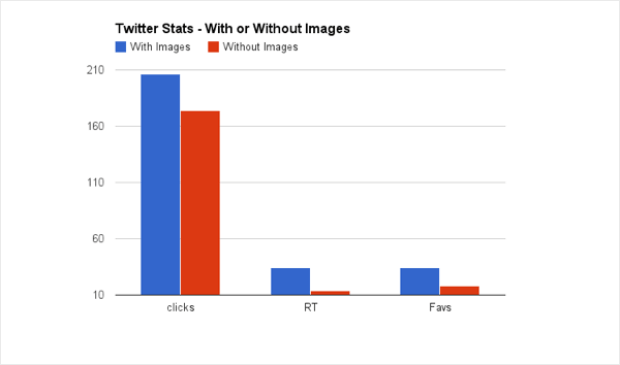


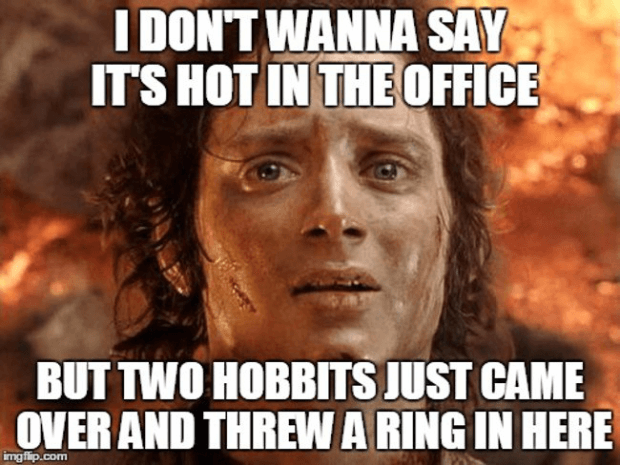
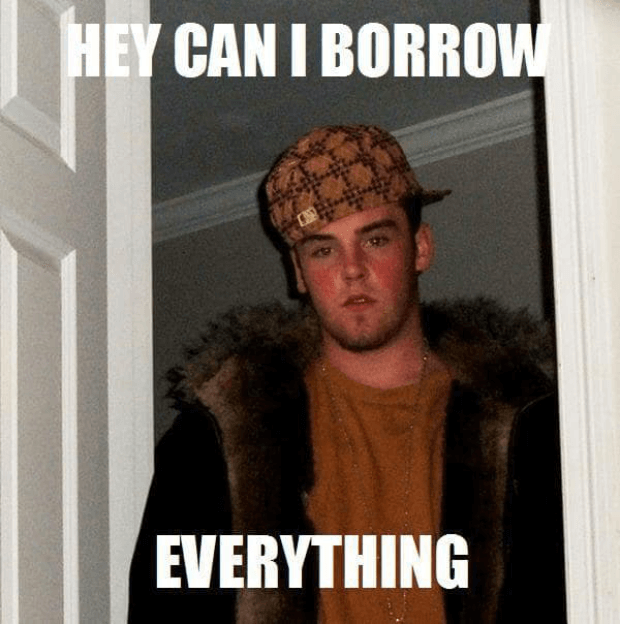
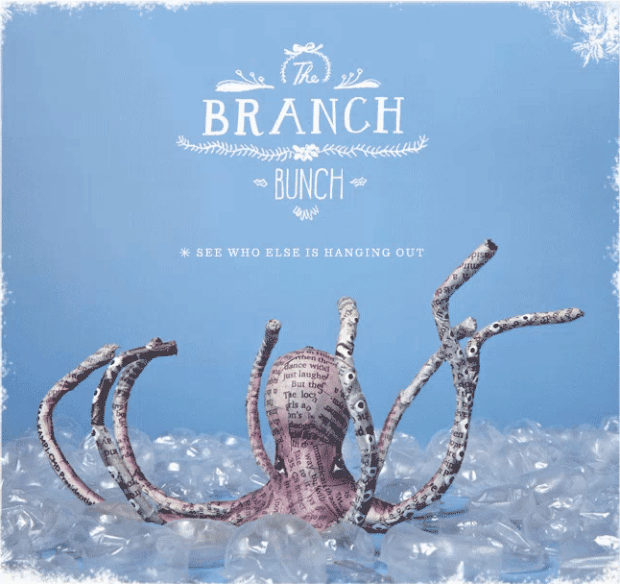
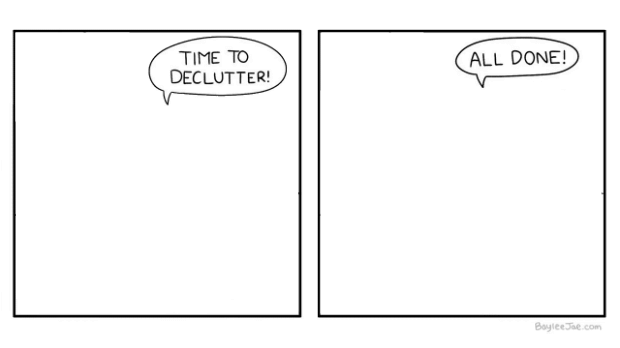

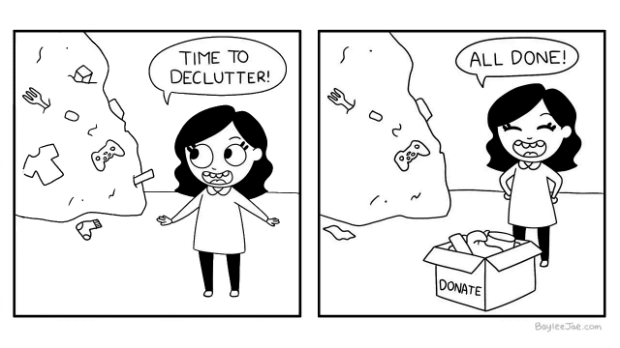
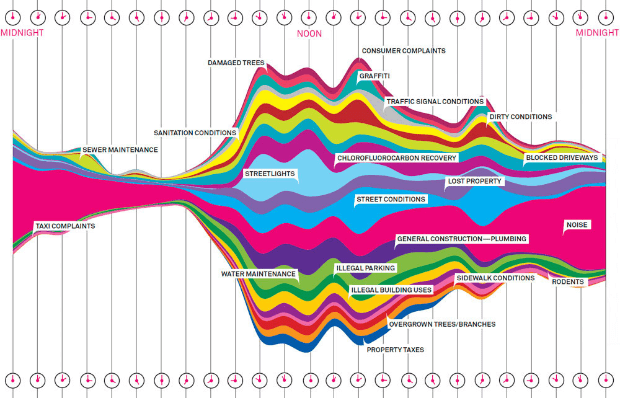
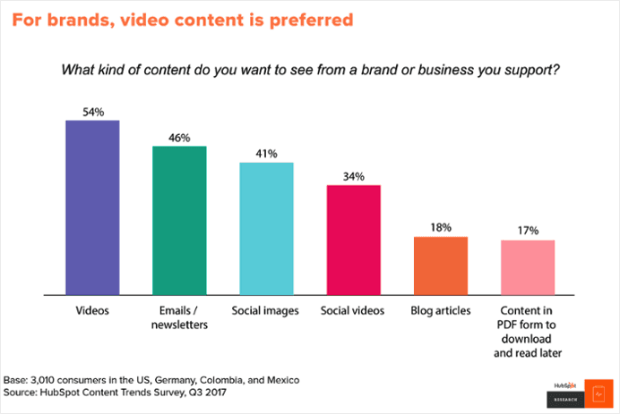

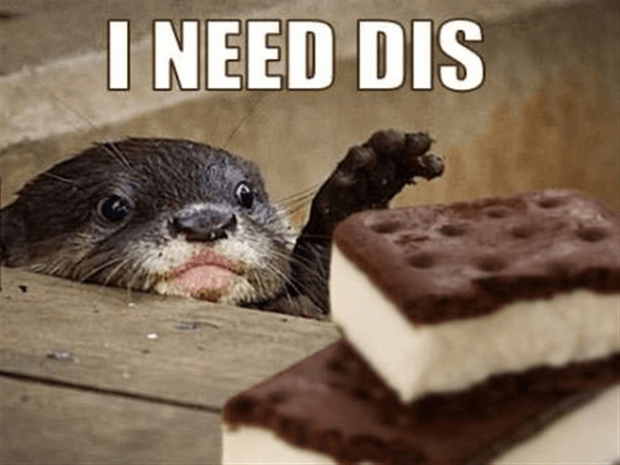

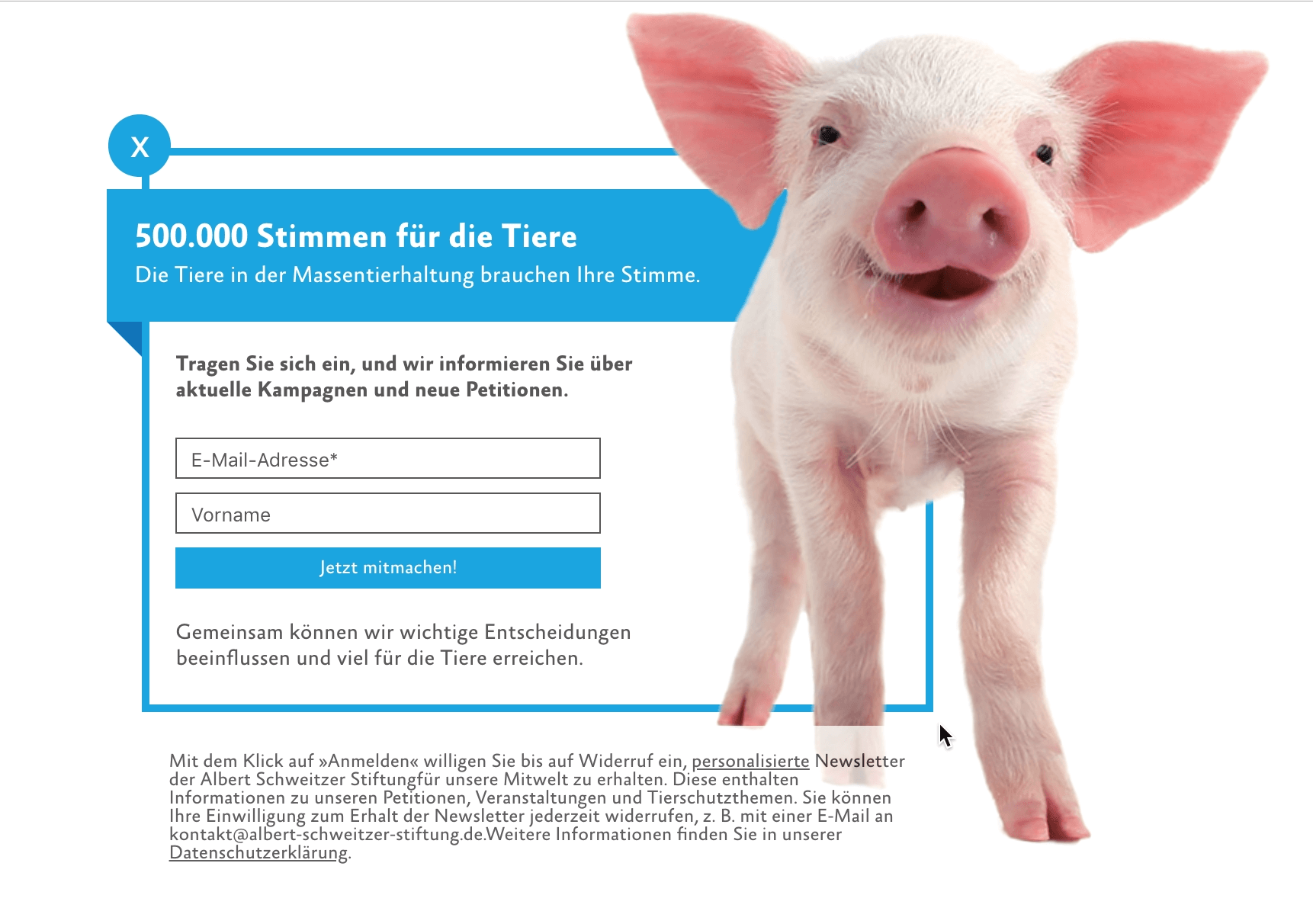








Add a Comment